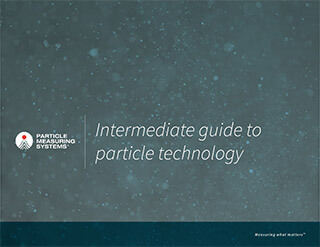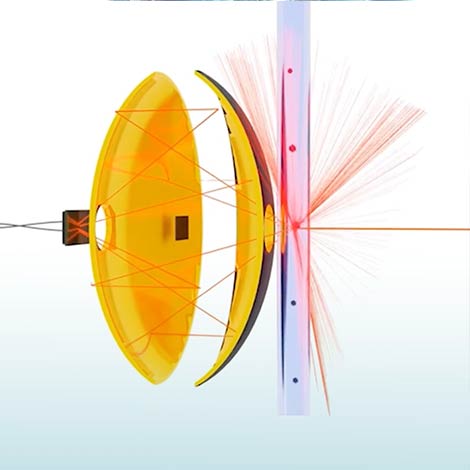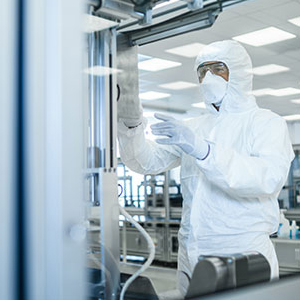The recent revision of ISO 14644-1:2015 has introduced several changes for cleanroom classification and monitoring guidelines. This paper will highlight the major changes in the new ISO 14644-1 compared to the previous version and the possible impact on the Pharmaceutical EU GMP Annex 1 and FDA Aseptic Processing Guideline.
Over the last five years, the ISO Technical Committee 209 has been working on the revision of the basic airborne cleanliness classification, 14644-1 and -2.
The ISO community voted in favor of the revision to update and improve the standard specifically to:
- simplify the classification process, and if possible, remove the need to evaluate the 95% upper confidence limit (UCL) for low sample location numbers (currently required for 2/9 of cleanroom locations).
- review the classification procedure and make it more applicable to cleanroom operation. In this situation, the contamination is not expected to be evenly distributed; an assumption the current statistical approach makes.
- generally, update the standard as required to current thinking and industry requirements.
- avoid any radical change to the principles of the current ISO cleanliness classes 1÷9.
The same technical committee has also been working on the revision of the ISO 14644-2:2000 (not analyzed in this document) in conjunction with the revision of ISO 14644-1. The ISO community voted in favor of the revision to improve the ISO 14644-2:2000 standard to:
- simplify and clarify requirement and guidance tables that specify frequency of testing and monitoring of cleanrooms used to demonstrate continued compliance with the cleanliness classification.
- refine how these intervals may be extended, provided that automated monitoring systems show the cleanroom is under control.
- provide new guidance on aspects that should be considered when configuring a monitoring system for a cleanroom.
On October 29th 2015, during the last voting session, the revised 14644-1 and -2 Standards were approved by a significant majority of the member nations participating in the ISO/TC 209 committee.
Complete the form to download the paper.






